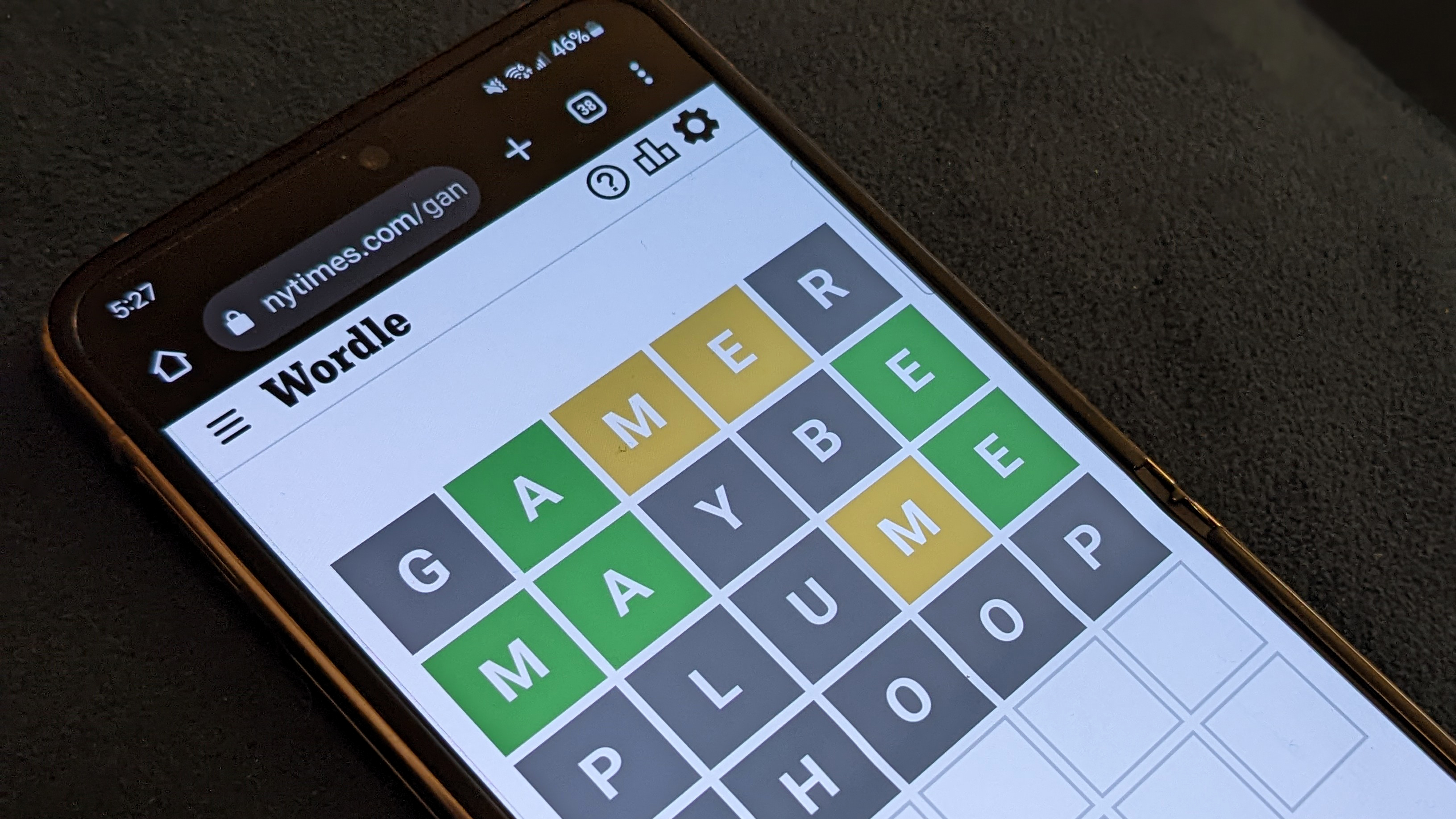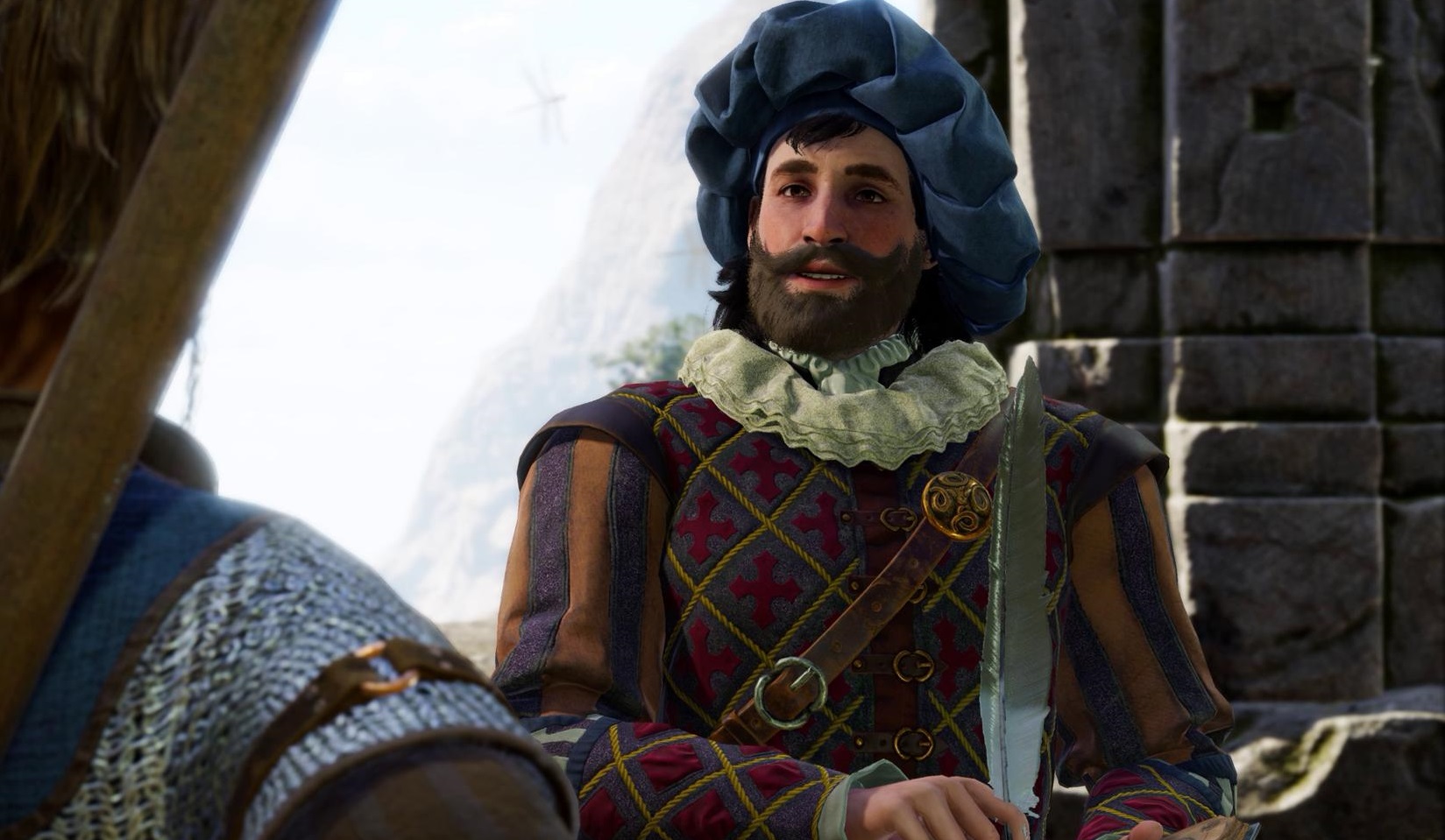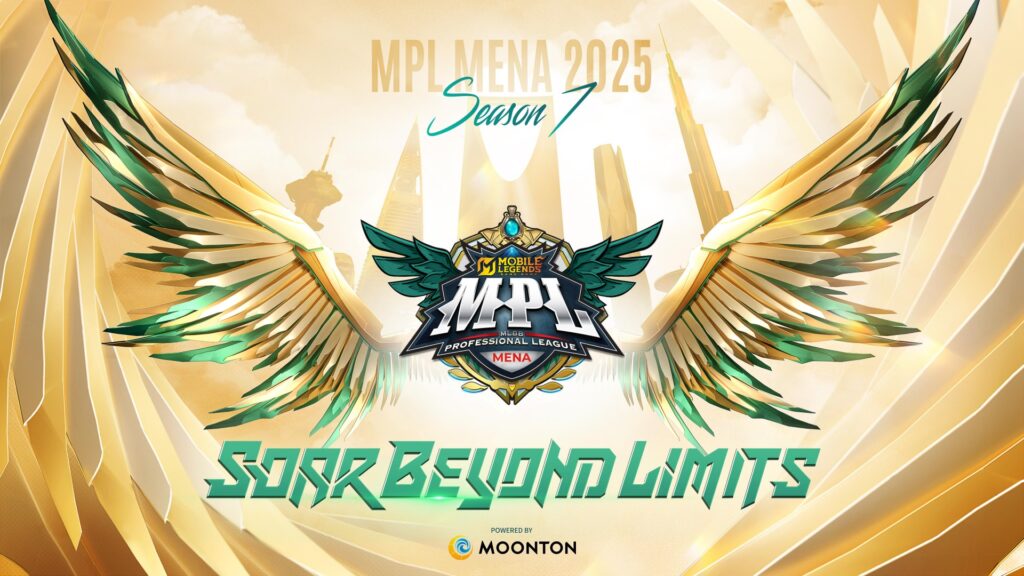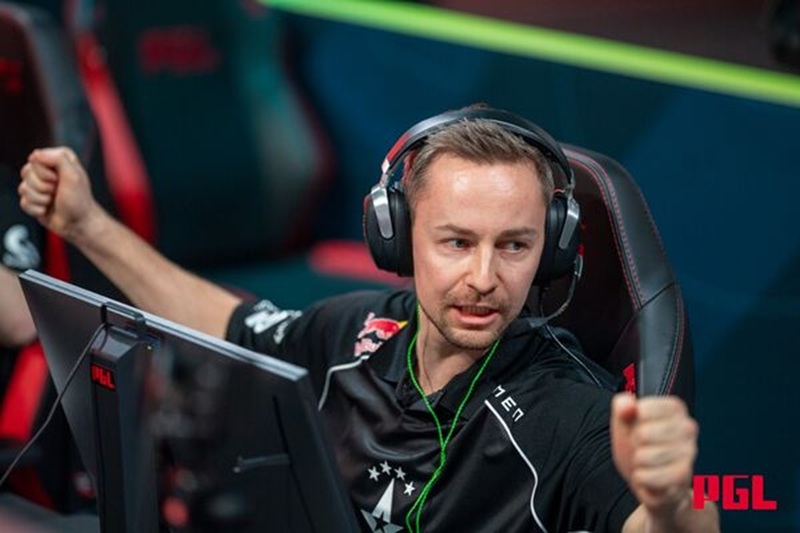
X-Men's 35-Year History of Games That Are Wildly Hit and Miss
The X-Men may be one of the biggest superhero franchises in the world, but these mutant freedom fighters haven’t always had the best track record when it comes to video games. X-fans the world over are still feeling the sting of the massive disappointment that was 2011’s X-Men: Destiny. But that’s not to say there haven’t been some truly excellent Marvel games over the years that have prominently featured Marvel’s merry mutants. And with Hugh Jackman’s Logan finally making his MCU debut in Deadpool & Wolverine, there’s no better time to celebrate that gaming legacy.
From early winners like X-Men: The Arcade Game and X-Men: Children of the Atom to the fan-favorite X-Men Legends series, here’s a look back at the X-Men games that have captured what we love about these colorful yet tragic heroes.
The Early X-Men Games
By the beginning of the 1980s, the X-Men had risen from forgotten C-List Marvel team to arguably the biggest franchise in comics. Heroes like Wolverine, Storm and Cyclops became as recognizable to comics fans as Batman and Spider-Man. But despite this explosive growth, Marvel was surprisingly slow to capitalize on the X-Men’s newfound popularity outside the comics themselves. Only at the end of the decade did the X-Men begin dipping their toes into the gaming waters.
1989’s Uncanny X-Men for the NES has the distinction of being the very first X-Men game… and not much else. The game allowed players to take control of a wide variety of mutant heroes in a top-down action-adventure setting. However, it proved to be punishingly difficult, to say nothing of the fact that the final level is only accessible by a secret code. Uncanny X-Men is often lumped in among the worst NES games of all time. Not an auspicious start for the X-Men’s gaming career.
1991’s Wolverine wasn’t much better. That game proved to be a somewhat more traditional side-scroller, pitting Logan against his nemeses Sabretooth and Magneto. But any game that revolves around Logan scarfing down hamburgers to unsheathe his claws like some sort of bloodthirsty J. Wellington Wimpy has missed the mark.
Both Wolverine and Uncanny X-Men struggled with a problem that’s hounded superhero games over the years. How do you properly represent the X-Men’s powers in an interactive setting? How do you allow Wolverine to unleash his berserker fury and incredible healing without tying those powers to limited energy meters and punishing players for using them too often? It would be a long time before developers truly overcame that hurdle.
Welcome to Die: The X-Men Hit the Arcade
It fell on Konami to give Marvel fans their first great X-Men gaming experience. 1992’s X-Men followed the same side-scrolling beat-em-up formula that made Konami’s Teenage Mutant Ninja Turtles and Simpsons arcade games such a blast. But X-Men had an extra trick up its sleeve, cramming in a double-wide monitor and no fewer than six sets of joysticks so that gamers could team up and control the full team – Wolverine, Colossus, Storm, Nightcrawler, Cyclops and Dazzler – simultaneously.
X-Men didn’t necessarily reinvent the arcade brawler wheel. Like its many brethren, the goal was simply to move from left to right, pummeling wave after wave of Sentinels, Reavers and other foes until making it to the boss battle. And like many X-Men games, it penalized players for using the X-Men’s mutant powers by tying them to the characters’ health meters. But with its large, colorful sprites and its deep roster of X-Men villains (including Magneto, Pyro, Mystique and The Blob), the game scratched that comic book itch. And who could forget Magneto’s most iconic catchphrase – “Welcome to Die!!!”?
Sadly, unlike TMNT, X-Men never got a sequel of any kind. It probably didn’t help that the game was based on the short-lived Pryde of the X-Men cartoon, hitting the same year X-Men: The Animated Series catapulted the franchise in a much different and more successful direction. But the silver lining is that X-Men ‘97 recently paid homage to the arcade game with the episode “Motendo.”
The X-Men Get Their Genesis On
The X-Men may have found success in the arcade, but their track record on home consoles remained pretty spotty in the early ‘90s. No matter which version of 1992’s Spider-Man/X-Men: Arcade’s Revenge you played, the experience was pretty underwhelming.
1993’s X-Men on the Sega Genesis proved to be the first ray of light on the horizon. While not a huge departure from past X-Men games, the vibrant graphics and stylized music were a definite step up, taking full advantage of the newfound power the Genesis brought to the table. Some of the old flaws remained, however. This was another extremely difficult action platformer, and the various mutant powers, be they Wolverine’s claws or Nightcrawler’s teleportation, were tied to rapidly depleting special meters.
Fortunately, the 1995 sequel, X-Men 2: Clone Wars, improved on that formula and established itself as arguably the best of the Genesis/SNES era. Clone Wars shook things up by allowing free, unlimited use of the X-Men’s powers and offering gamers a wide cast of playable heroes whose respective powers significantly affected the gameplay. Even Magneto was playable this time around. The game also benefited from a much more robust story that drew heavily from the contemporary X-Men comics.
Not to be outdone, the SNES got one gem of an X-Men game to compete with the Genesis titles. 1994’s X-Men: Mutant Apocalypse offered its own spin on the side-scrolling action formula, benefitting from colorful graphics and a large ensemble cast of mutant heroes. Mutant Apocalypse wasn’t as brutally difficult as its peers, making for an all-around enjoyable experience and the pinnacle of X-Men gaming on home consoles up to that point. But a new hope was brewing in the arcade…
How Capcom Cracked the Code
If Capcom only published X-Men: Mutant Apocalypse, they’d still deserve a special place in the hearts of Marvel fans. But the publisher’s real success story came in bringing these colorful heroes back to the arcade and forging an entirely new fighting game franchise.
1994’s X-Men: Children of the Atom built on the foundation of other Capcom fighting game series like Street Fighter and Darkstalkers, but with an extra layer of over-the-top action that befits the X-Men. The game featured a wide cast of heroes and villains, each with their own playstyle and special moves. Who can forget Wolverine’s Berserker Barrage or Iceman’s Ice Boulder?
Speaking of special moves, Children of the Atom tapped into the X-Men’s mutant abilities like no game before it. As in Clone Wars, no longer did players have to worry about depleting a special meter just to slash claws or fire off an optic blast. Instead, the game hinged on a combo system where players could build up energy to unleash devastating special attacks. Finally, the X-Men played like real superheroes.
Finally, the X-Men played like real superheroes.
Children of the Atom was also undoubtedly the most attractive X-Men game released to date, with large, colorful sprites that instantly appealed to fans of the comics and animated series. And with many of the animated series’ iconic voice actors reprising their roles, Children of the Atom had all the nerd cred it needed to be an arcade hit.
And it was definitely a hit. Children of the Atom spawned numerous follow-ups, such as 1995’s Marvel Super Heroes and 1996’s X-Men vs. Street Fighter. That latter crossover paved the way for the even more popular Marvel vs. Capcom franchise. By the time 2000’s Marvel vs. Capcom 2 rolled around, gamers were building teams of three fighters pulled from a roster of dozens of fan-favorite characters. Who could ever have imagined we’d see Wolverine fighting alongside Jill Valentine and Mega Man?
Sadly, the Marvel vs. Capcom franchise has run out of steam in recent years, with 2017’s Marvel vs. Capcom Infinite disappointing most fans. To add insult to injury, that sequel didn’t even feature any X-Men characters. Talk about forgetting where you came from.
The X-Men Become Legendary
By the time the 2000s rolled around, the X-Men had more or less found their footing in the gaming world. Fans had several decent action platformers from which to choose, as well as Capcom’s bombastic fighting games. But with home consoles rapidly growing in power and complexity, the time had come to up the ante and show players what it really felt like to don some spandex and battle the Brotherhood of Mutants.
Developer Raven Software and publisher Activision answered the call with 2004’s X-Men Legends. Legends was no mere platformer, but an isometric action RPG in the vein of Diablo. Players were allowed to build teams of four X-Men from a cast of 15 playable characters, each with their own moves and combo potential. Each character could be individually leveled and upgraded.
Not only was the gameplay deeper and the storyline more complex than any X-Men game before it, X-Men Legends also raised the bar in terms of presentation.
Not only was the gameplay deeper and the storyline more complex than any X-Men game before it, X-Men Legends also raised the bar in terms of presentation. The game featured a unique cel-shaded graphical style inspired by Marvel’s Ultimate X-Men comics. The voice cast included such X-Men luminaries as Patrick Stewart’s Professor X and Steve Blum’s Wolverine.
X-Men Legends quickly spawned a sequel in 2005’s X-Men Legends II: Rise of Apocalypse. Rise of Apocalypse proved to be a textbook case of a sequel dialing everything up to 11, with more playable characters, deeper gameplay, a bigger scope, and an engrossing story that involved the X-Men teaming up with the Brotherhood of Mutants to take down the mighty Apocalypse.
Even two decades later, the X-Men Legends games are widely regarded as some of the best games ever to feature the merry mutants. And while there haven’t been any direct sequels to these two classics, they did pave the way for the Marvel: Ultimate Alliance series, which continued that trademark blend of action RPG combat and deep Marvel superhero rosters. That hasn’t stopped many X-fans from crying out for an X-Men Legends III, however.
Wolverine and Deadpool’s Solo Adventures
It’s been surprisingly quiet on the X-Men gaming front since the release of X-Men Legends II. Again, we’d bring up 2011’s X-Men: Destiny, but the less said about that game, the better. But if there’s been a real lack of ensemble X-Men games in recent years, things have been slightly rosier where Wolverine and Deadpool are concerned.
2003’s X-Men: Wolverine’s Revenge served as one reminder of how much potential Wolverine has as a video game protagonist. While ostensibly a tie-in to the movie X2: X-Men United, Wolverine’s Revenge actually took its cues from Grant Morrison’s New X-Men comics, right down to the costume design for Logan himself.
In terms of its third-person action gameplay, Wolverine’s Revenge was a giant mixed bag. But the game still deserves credit for its comic book-inspired trappings and the fact that it features none other than Luke Skywalker himself, Mark Hamill, as the voice of Logan. Ultimately, both Wolverine’s Revenge and 2006’s movie-based X-Men: The Official Game served as a loose prototype for what was to come.
Cue X-Men Origins: Wolverine, perhaps the only game that can rival X-Men Legends as the best X-game of all time. That’s a strange thing to say considering that the movie it’s based on is universally panned by superhero fans. But in this case, Origins took the best parts of the source material and ran with them.
In this heavily embellished take on the movie’s plot, players take control of Hugh Jackman’s Wolverine in two different time periods, as Logan both carves his way through a deadly jungle in search of adamantium in the past and singlehandedly takes on the Weapon X program in the present. The game did an admirable job of adapting God of War’s visceral character action gameplay. Lunging across gaps to impale enemies on your claws never gets old.
Origins deserves a lot of credit for solving many of the problems that had always plagued X-Men games. Wolverine’s powers aren’t locked behind special meters and limited in use. Even his healing factor plays an integral role in the gameplay, with players able to actually see his ruined body stitching itself together in real-time. No game has done a better job of making players actually feel this iconic hero’s berserker rage.
As for the Merc With a Mouth, he got his due in 2013’s Deadpool. Another violent third-person action game, Deadpool immediately stood out by embracing the fourth-wall-breaking antics of its titular anti-hero. It didn’t hurt that the game was actually scripted by prolific Deadpool comic book writer Daniel Way. And with a large ensemble cast that includes many mutant favorites and Mister Sinister as its main villain, Deadpool features enough X-Men pedigree to satisfy fans starved for new content. Temporarily, at least.
The X-Men’s Murky Gaming Future
Outside of the occasional game like Marvel: Ultimate Alliance 3 and Marvel’s Midnight Suns, it’s been pretty quiet on the X-Men gaming front over the past several years. It didn’t help that Marvel has been accused of purposely downplaying the X-Men in other media while feuding with 20th Century Fox over the movie rights, an alleged battle that only came to an end when Disney purchased Fox in 2019.
Fortunately, the future is beginning to look brighter for our mutant heroes. X-fans the world over have their eyes on Insomniac’s upcoming Wolverine game, which will put players back in the shoes of the Ol’ Canucklehead as he claws his way through the seedy town of Madripoor. If the game is even half as good as Insomniac’s Spider-Man series, X-Men Origins: Wolverine will be facing some serious competition.
Thanks to a massive data leak, we also know that Insomniac’s plans for the X-Men franchise don’t stop with Wolverine. The studio reportedly intends for Wolverine to kick off a trilogy that will culminate in a full-fledged X-Men game. That’s great news for fans… so long as they have a Playstation 5.
As for what else the future holds for the X-Men in video games, only time will tell. Will the X-Men return to the Marvel vs. Capcom franchise? Will the calls for X-Men Legends III finally be answered? For now, all we can do is replay these classics and hope for a brighter future for mutantkind.
What’s your favorite X-Men game of all time? Cast your vote in our poll and let us know in the comments.
For more on the X-Men franchise, brush up on every Marvel movie and show in development and check out IGN’s review of Deadpool & Wolverine.
Jesse is a mild-mannered staff writer for IGN. Allow him to lend a machete to your intellectual thicket by following @jschedeen on Twitter.








